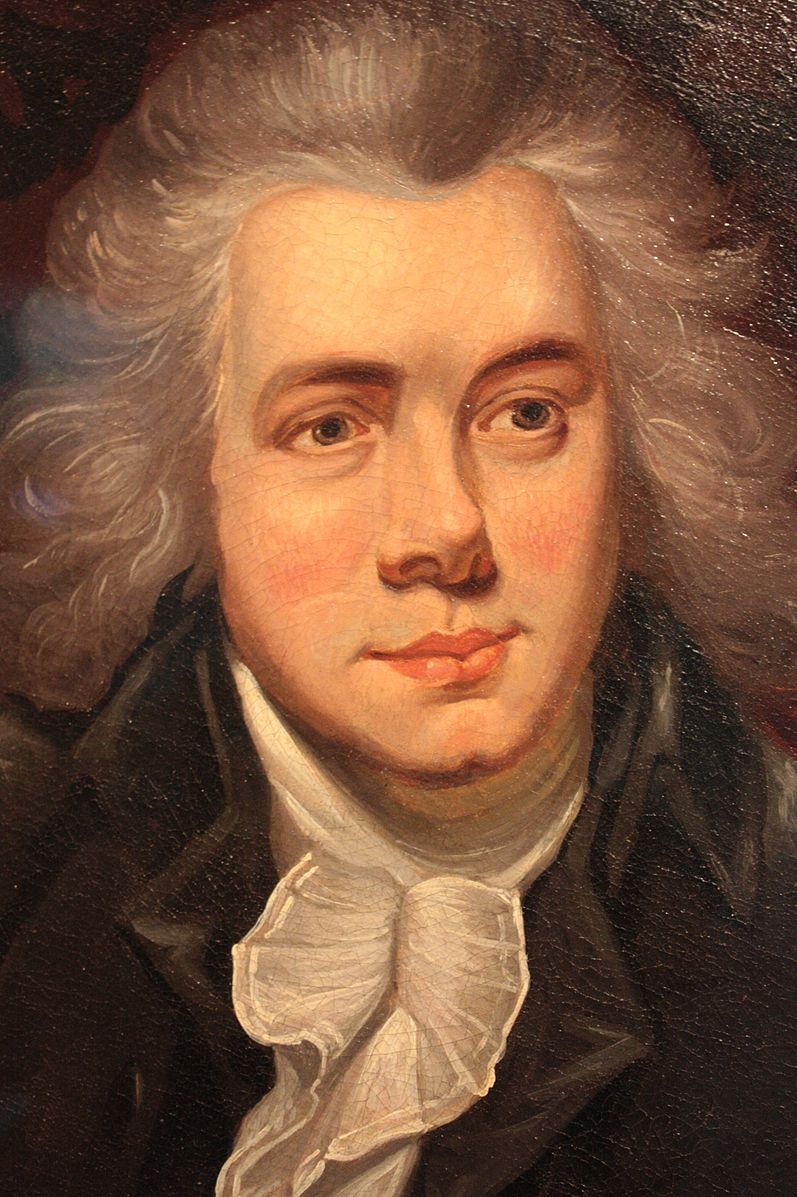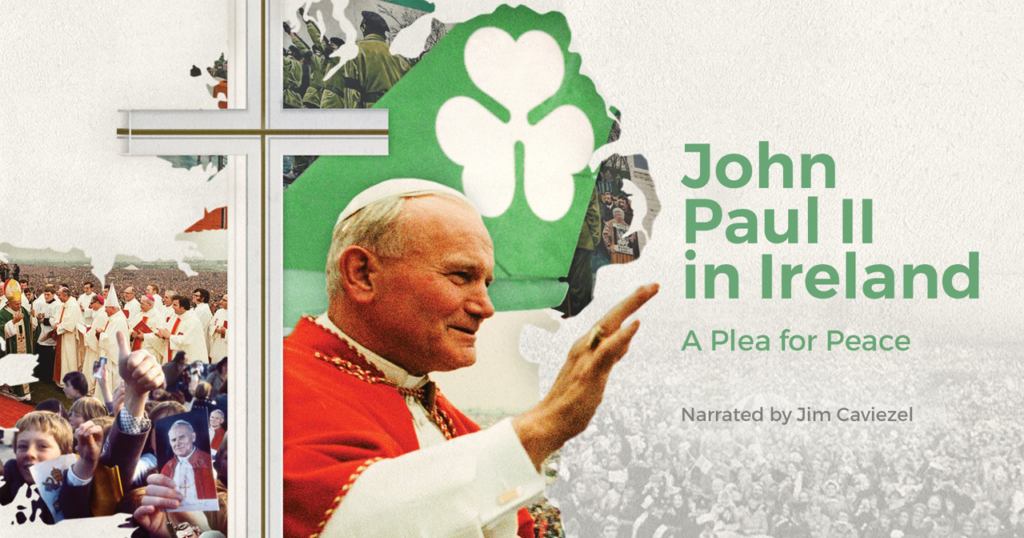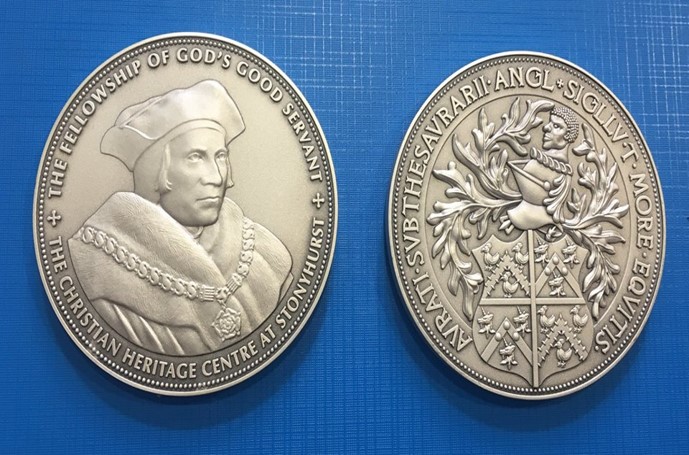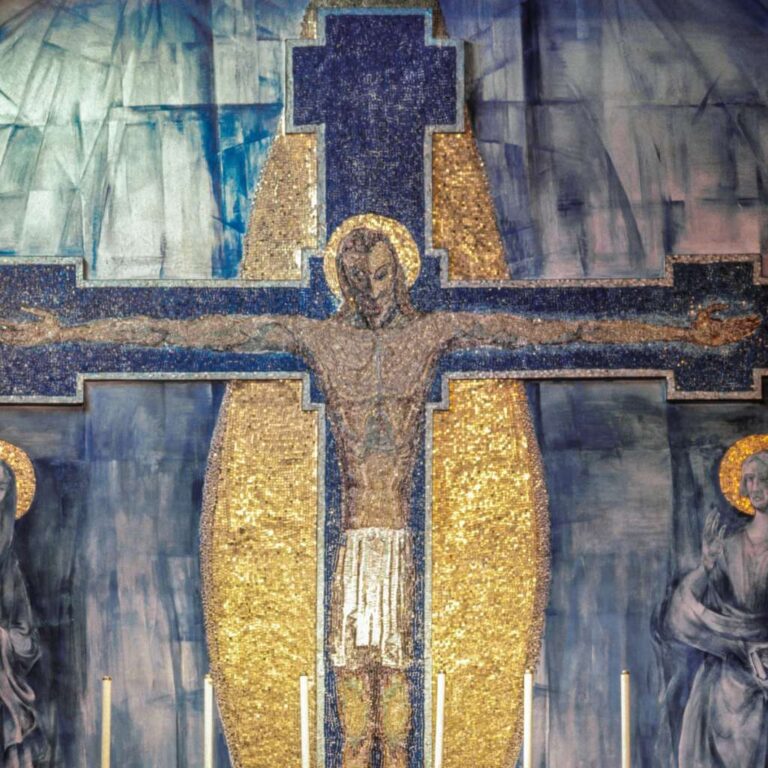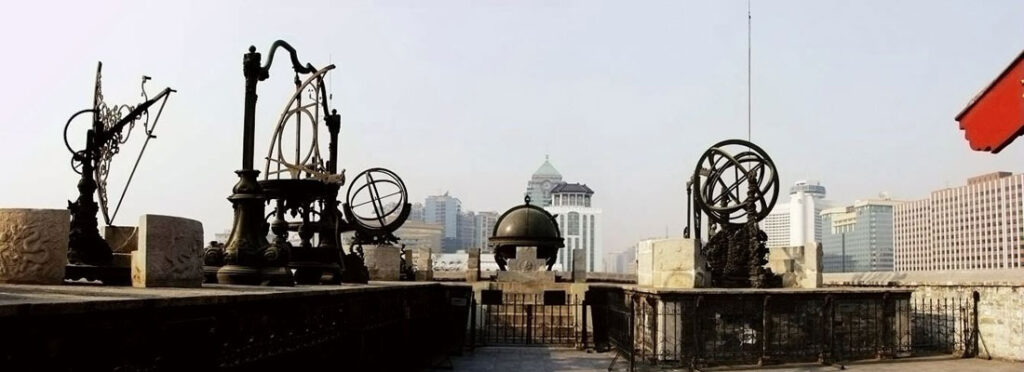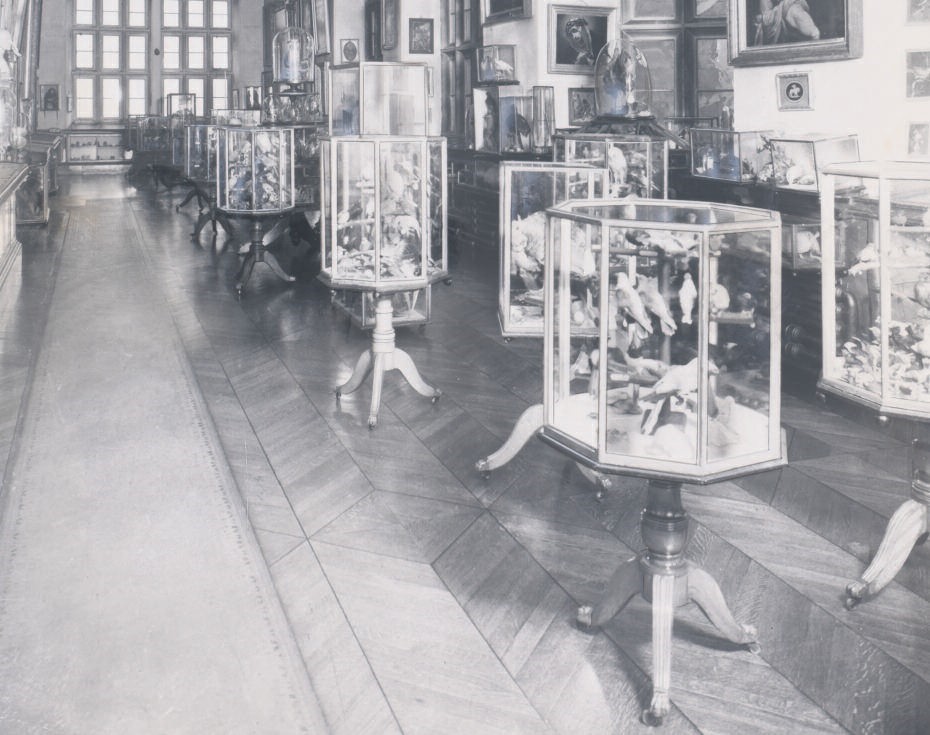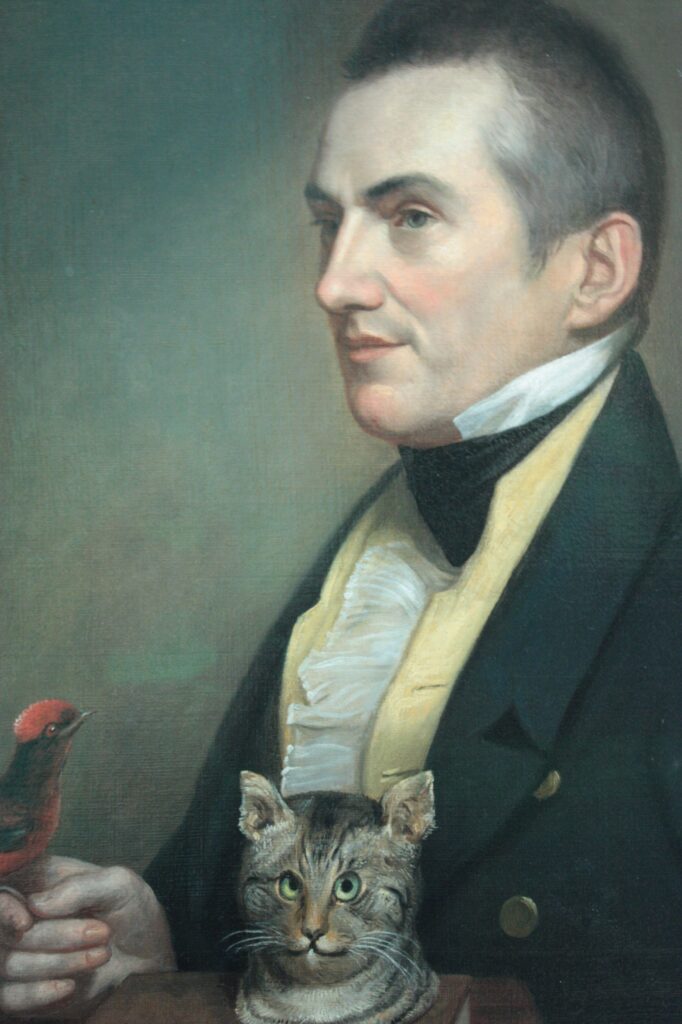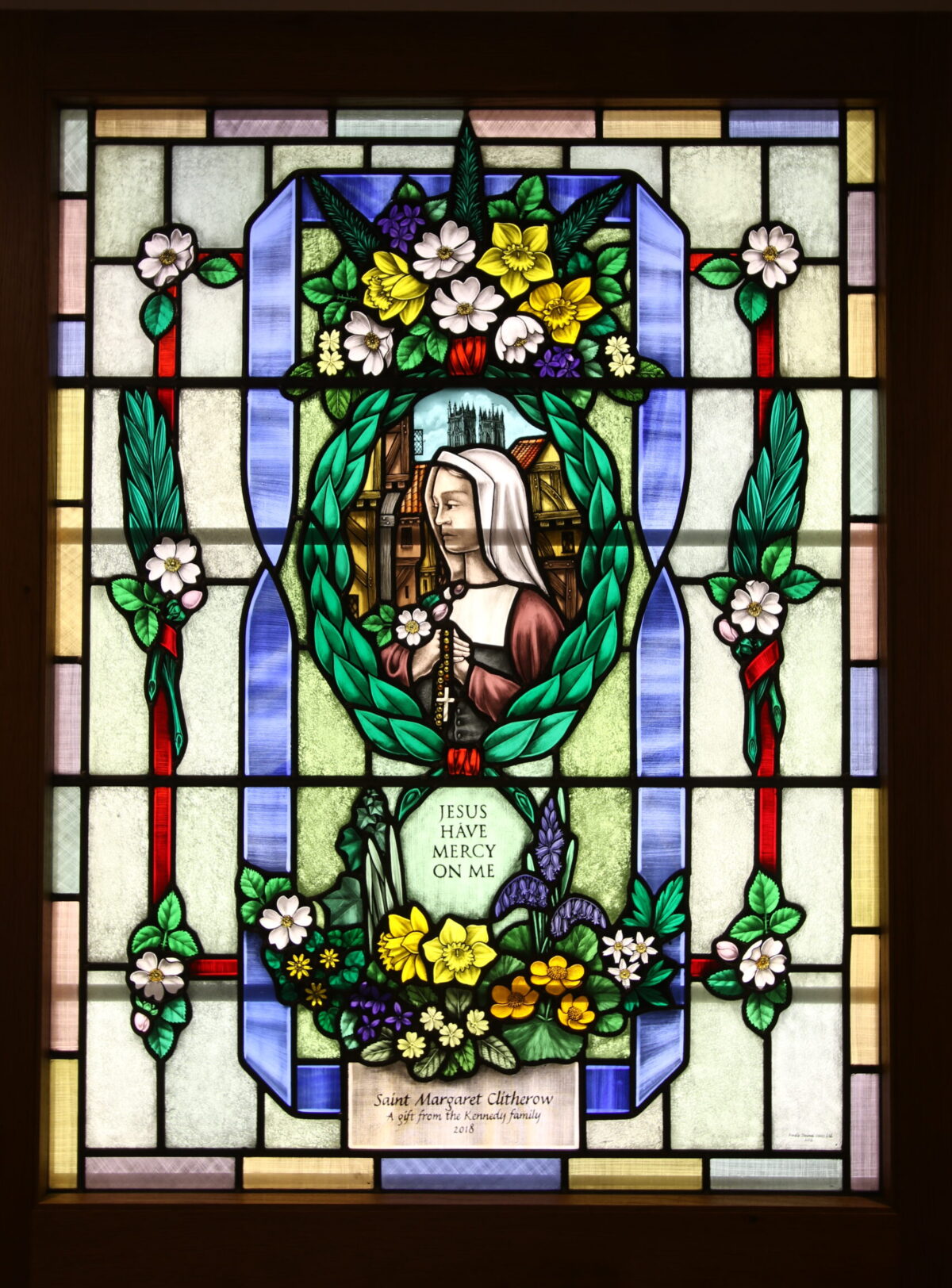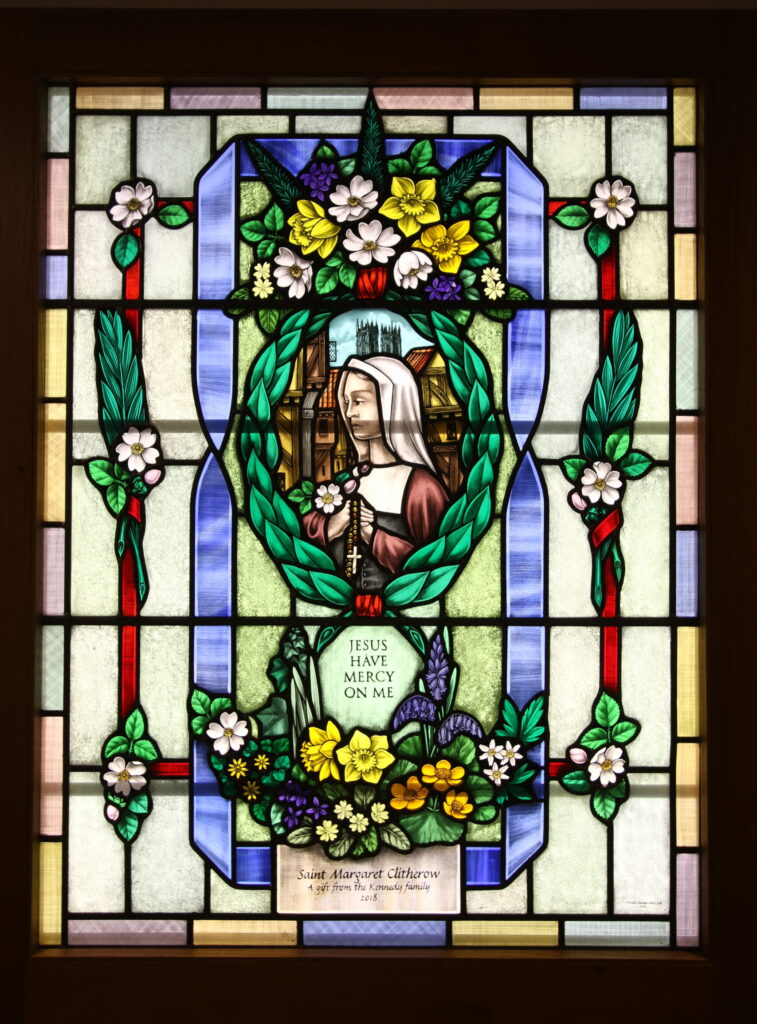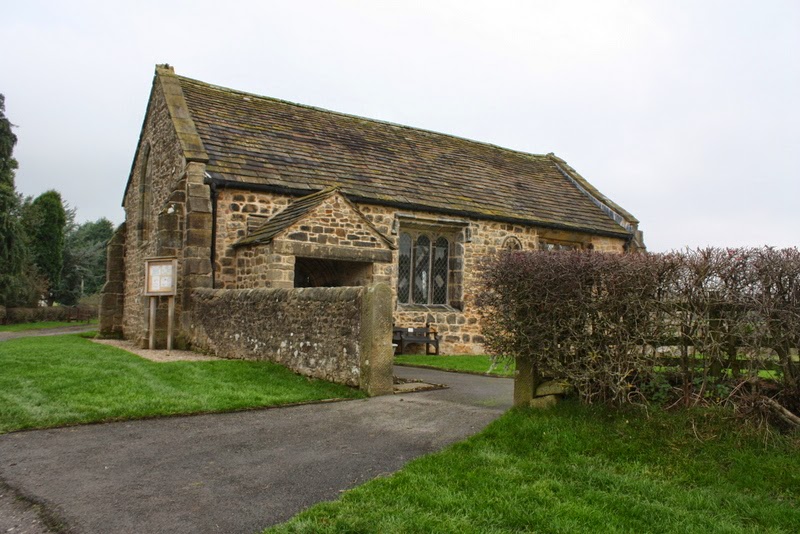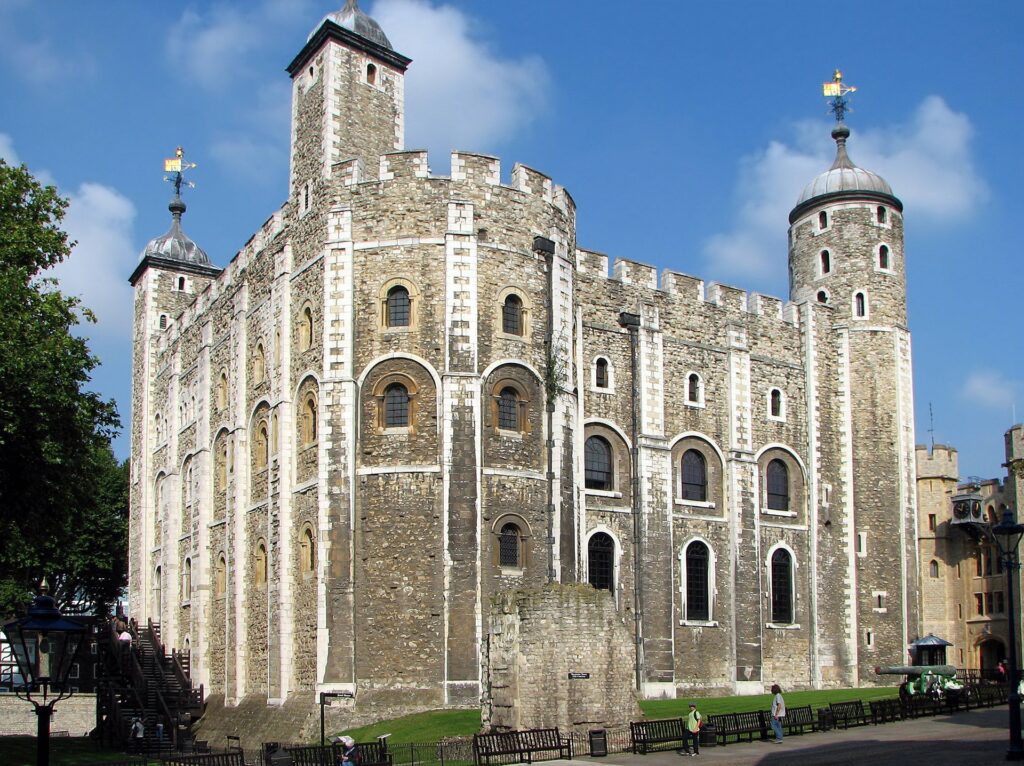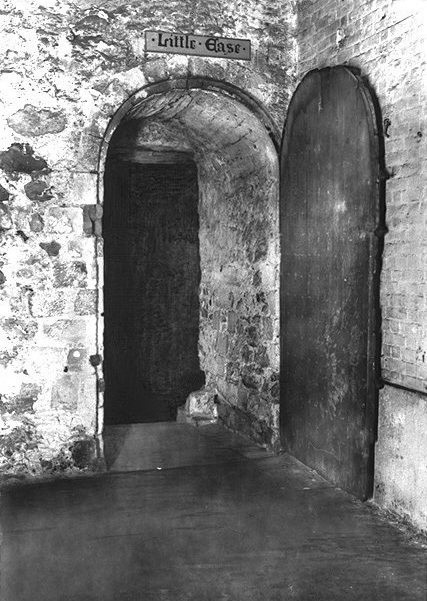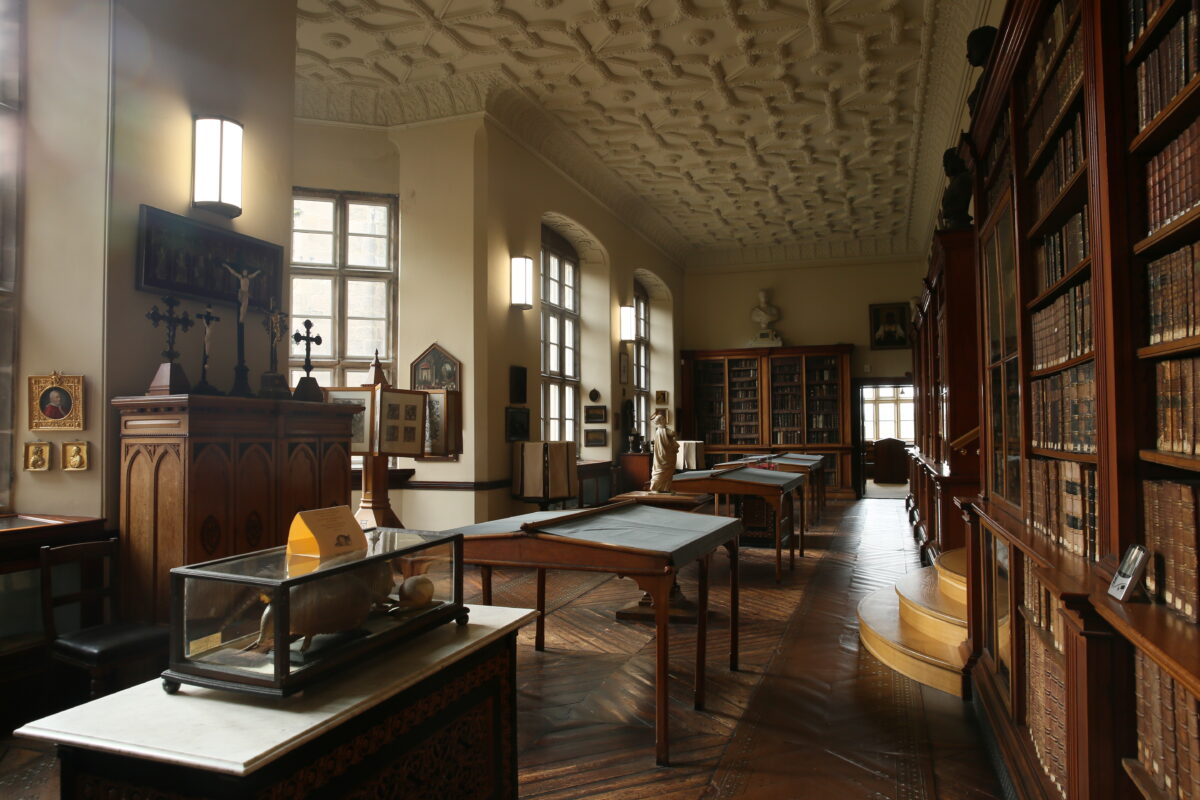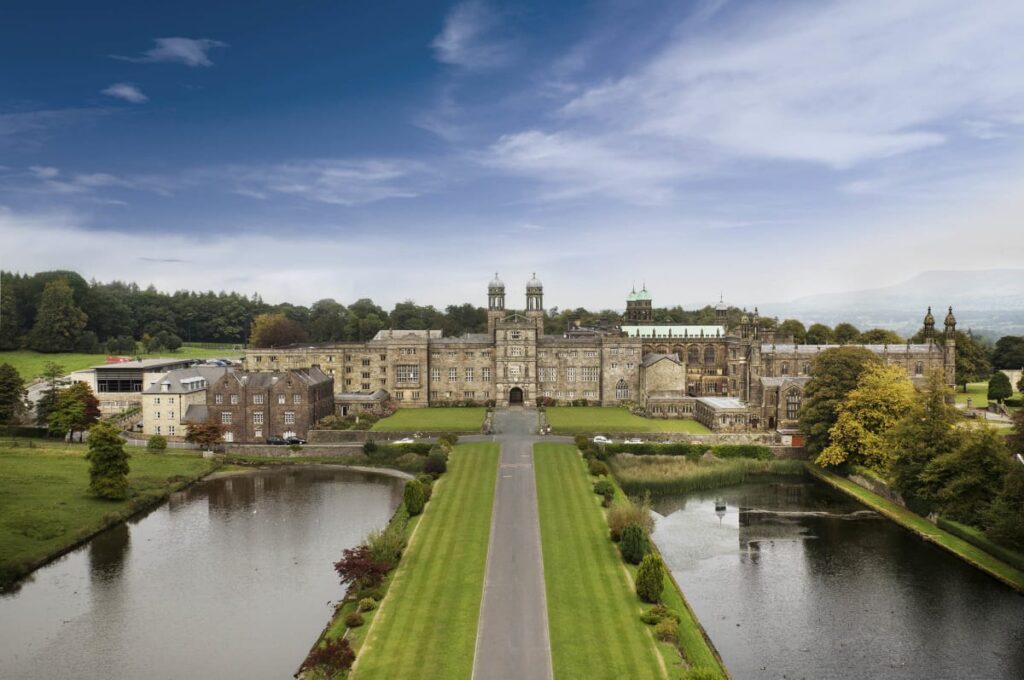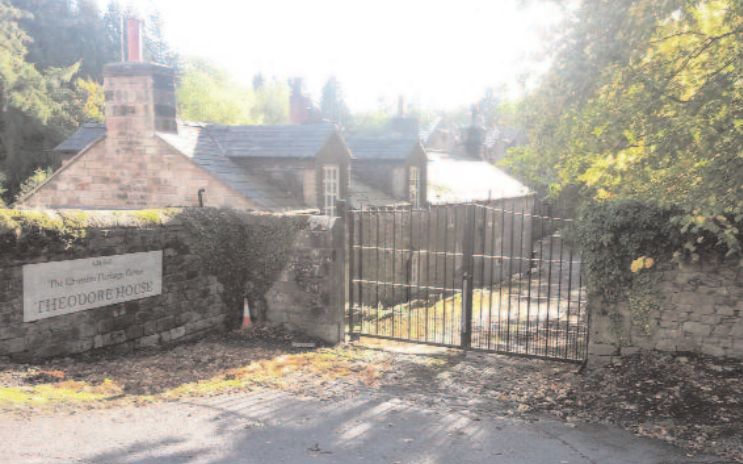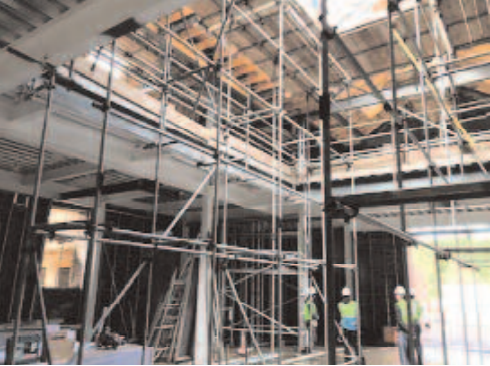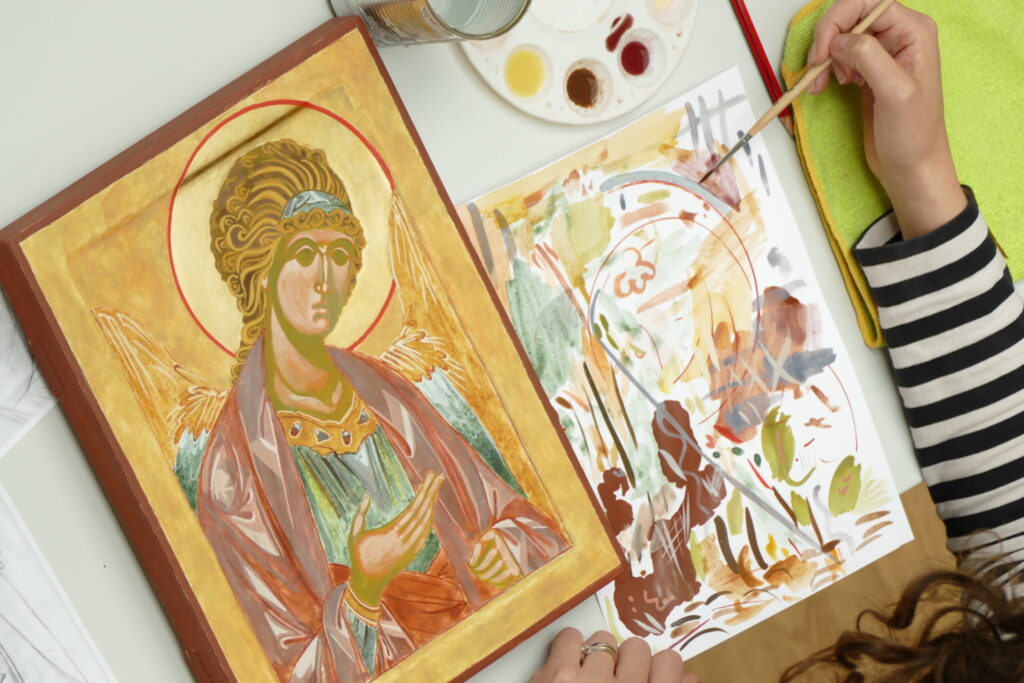Friday 7th December 2018
The CHC @ The Catholic Universe
A life of service comes from the Gospel and the heart of Christ
Lord Alton of Liverpool
The principle of serving others is a central tenet of citizenship. For Christians it is at the very heart of the Gospel; and for all of us, service of others, changes lives, changes society, and changes us; all for the better.
Before I became a member of parliament I was a school teacher in Liverpool, where I soon learnt that inspiring young people to read, study and learn was far more effective than either simple reward or punishment. I witnessed how young men and women, inspired by all sorts of people, have made great contributions to their families, neighbours, society and world.
As a young boy, along with millions of others, I walked past Winston Churchill’s coffin in Westminster Hall. He has been lionised as the man who saved democracy, and he certainly inspired me. Nearly 2,500 years before this Aristotle warned that “he who is unable to live in society, or who has no need because he is sufficient for himself, must either be a beast or a god.” And a little late Hillel asked, “If I am not for myself who will be for me? But if I am only for myself, who am I?”
Nelson Mandela often reflected on the idea of ‘Ubuntu’ – a person is a person because of other people, while Archbishop Desmond Tutu explained that “A person with Ubuntu is open and available to others, affirming of others, does not feel threatened that others are able and good…”
For many who come to the Christian faith as adults, the first exposure is seeing an individual or group of Christians in service – teachers, medics, aid workers, judges, politicians. We are first inspired by people, and only then by their ideas. The Gospels tell us that the first Christians were inspired by Christ, and only then by what He taught them. For us to encourage the next generation to serve, we must do so by setting that example of service, and by doing so we become instruments by which others are inspired.
If we want to change the world, we need to change our nation; if we want to change our nation we must change our communities; if we want to change our communities, we must change our families; and if we want to change our families we must change ourselves. Change does not come about by itself – it comes through active participation and voluntary service.
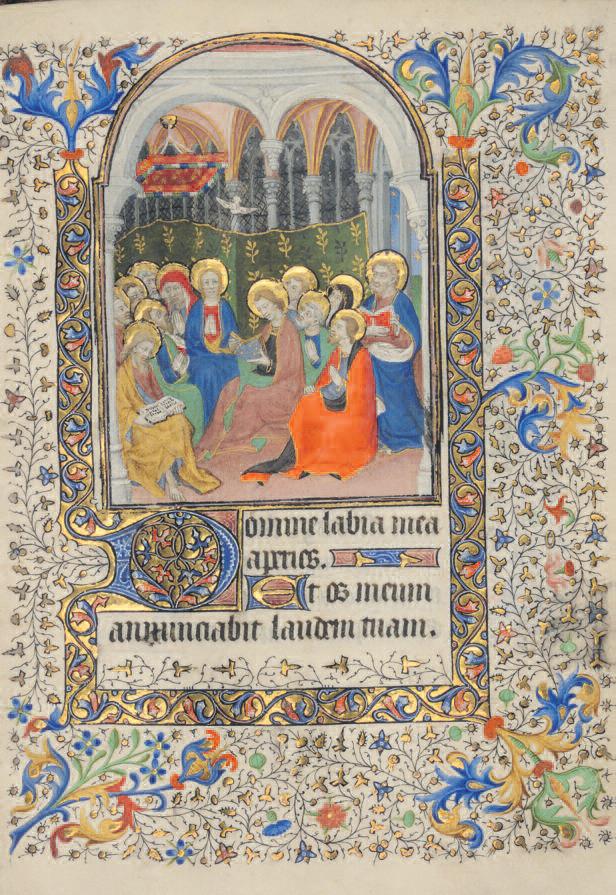
Churchill insisted that,“The flame of Christian ethics is still our highest guide. To guard and cherish it is our first interest, both spiritually and materially… Only by bringing it into perfect application can we hope to solve for ourselves the problems of this world and not of this world alone.”
In 1993 St John Paul II, in Veritatis Splendor, wrote that, “If there is no ultimate truth to guide and direct political activity, then ideas and convictions can easily be manipulated for reasons of power. As history demonstrates, a democracy without values easily turns into open or thinly disguised totalitarianism.” While, in 2009, Pope Benedict XVI, in Caritas in Veritate, wrote that, ‘Many people today would claim that they owe nothing to anyone, except to themselves. They are concerned only with their rights, and they often have great difficulty in taking responsibility for their own and other people’s integral development. Hence it is important to call for a renewed reflection on how rights presuppose duties, if they are not to become mere licence.’
Inspiring and channelling religious adherents into public service is transformative of individuals and of society. If the imperfect system of democracy is to function and survive, there must be a continuous cultivation of virtue and an upholding of those values that enrich and underpin a system that can so easily be subverted. Inspired political service can put right more than minor injustices, Wilberforce, who with Clarkson, the Quaker ladies and others campaigned for 40 years against the slave trade. Political service, legal service, medical, spiritual and many others, all better society and those who serve.
As a teenager I was inspired by Robert Kennedy and Dr Martin Luther King – both murdered for their beliefs. Kennedy insisted that every person could make some sort of difference: “Few will have the greatness to bend history, but each of us can work to change a small portion of events”, while King insisted that “Our lives begin to end the day we become silent about things that matter.”
I was recently in Pakistan, raising the case of Asia Bibi – who has thankfully been released, though not yet been able to find sanctuary outside Pakistan. In 2011, after championing her case the Christian Minister for Minorities, Shahbaz Bhatti, was murdered. He knew his potential fate: “I want to share that I believe in Jesus Christ, who has given his own life for us. I know the meaning of the Cross. I am following the Cross and I am ready to die for a cause.”
When people take up a mantle and fight for something good, they often have a twofold effect. First, of moving their cause forward, but also inspiring those around them. They inspire others to realise that they can improve the lives of others and made a difference in our world. In a moving letter, the last he wrote, John Wesley told William Wilberforce to use all his political skills to end slavery and to fight for human dignity, to be like the fourth century Christian bishop Athanasius, an ‘Athanasius contra mundum’ or an ‘Athanasius against the world’.
We see a long line of inspiration of one Christian to another, parents to children, teachers to pupils. At the Christian Heritage Centre at Stonyhurst’s Theodore House, we are proud to encourage this long line of inspiration, that begins and always points to Christ. We remember the many Saints and Blesseds (many old boys of Stonyhurst College) who have been faithful against the odds and have both enriched the world they lived in, and also inspired the next generation.
We continue in this long tradition by inviting young people from around the world to Lancashire to learn about the Christian story, and the many heroes of it – how they served in their time, and allow the freedom of young minds to discover how they may serve in their word and in their time.


